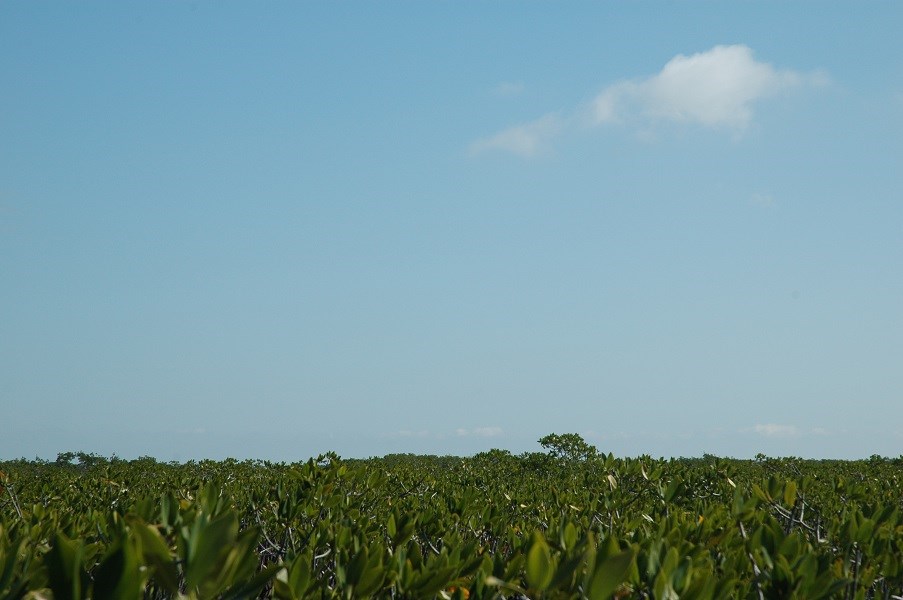
NPS image by Matt Johnson Mangrove forests are incredibly productive ecosystems. A single acre of mangroves can drop two to three tons of leaves per year! Like other plants, mangroves take carbon dioxide from the air as they photosynthesize. They use this carbon dioxide to produce more leaves. As a result, this carbon gets locked in the leaves instead of the air. This is why plant communities like forests and grasslands are called “carbon sinks.” Researchers at the South Florida Natural Resource Center for the National Park Service, found that mangrove forests have two to three times the net carbon trapping ability of many other forests, making them an important player in the fight against climate change. |
Last updated: July 27, 2023
